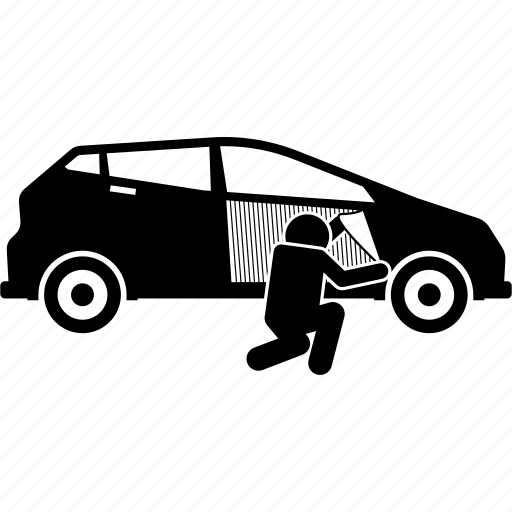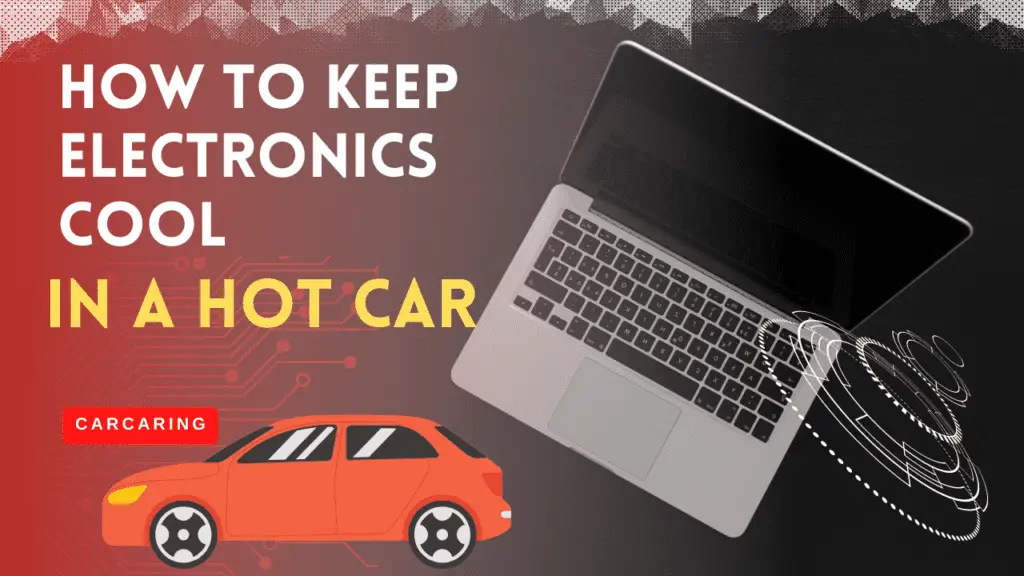Ceramic coating has gained popularity in the automotive industry for its ability to provide a long-lasting protective layer on the vehicle’s paintwork. While ceramic coating offers numerous benefits, it’s important to understand its limitations when it comes to protecting against rock chips.
Table of Contents
Understanding Ceramic Coating
Ceramic coating, also known as nano-ceramic coating or glass coating, is a liquid polymer that chemically bonds with the car’s paint surface, forming a protective layer.
This coating creates a hydrophobic and semi-permanent barrier that helps repel water, dirt, and contaminants, making it easier to clean and maintain the vehicle’s appearance.
Benefits of Ceramic Coating

Ceramic coating offers several advantages, including:
- Scratch Resistance: Ceramic coating provides an additional layer of protection against light scratches and swirl marks. The hardness of the coating can make it more resistant to minor abrasions caused by regular washing or general wear and tear.
- Chemical Resistance: The chemical composition of ceramic coatings makes them resistant to acidic contaminants, bird droppings, tree sap, and other harmful chemicals that may come into contact with the vehicle’s surface. This resistance helps prevent chemical etching and staining.
- UV Protection: Ceramic coatings typically offer UV protection, which can help reduce fading and oxidation caused by prolonged sun exposure. This protection can help maintain the vibrancy and color of the car’s paintwork.
- Hydrophobic Properties: The hydrophobic nature of ceramic coatings causes water to bead up and roll off the surface, carrying away dirt and contaminants. This property makes the car easier to clean and minimizes water spots.
- Longevity: When properly maintained, ceramic coatings can last for several years, providing a durable layer of protection for the underlying paint.
Limitations Regarding Rock Chips
While ceramic coatings offer impressive protective properties, it’s important to note that they are not invincible and have limitations, especially when it comes to rock chips. Here are a few factors to consider:
- Impact Resistance: Ceramic coatings primarily provide a sacrificial layer to protect against light scratches and contaminants. However, they are not designed to withstand the impact force of larger objects like rocks or stones. High-speed impacts can cause the coating to chip or fracture, potentially exposing the underlying paintwork to damage.
- Thickness: Ceramic coatings are thin layers applied to the paint surface, typically measuring a few microns. This thin layer cannot provide the same level of protection as a thicker paint film or a physical protective film such as clear bra or paint protection film (PPF). Rock chips can penetrate the coating and damage the paintwork beneath.
- Application Areas: Ceramic coatings are primarily applied to the horizontal surfaces of a vehicle, such as the hood, roof, and trunk. These areas are more prone to rock chips due to their exposure to road debris. While the coating can offer some level of protection, it may not entirely prevent rock chips from occurring.
Supplemental Measures for Rock Chip Protection
To provide additional protection against rock chips, it is advisable to consider supplemental measures such as:
- Clear Bra or PPF: Clear bra or paint protection film is a thicker, transparent film that can be applied to vulnerable areas of the vehicle, including the front bumper, hood, fenders, and side mirrors. This film provides a physical barrier against rock chips, protecting the underlying paintwork.
- Regular Maintenance: Despite having a ceramic coating, it is important to practice regular maintenance to minimize the risk of rock chips. This includes avoiding driving too closely behind large vehicles, maintaining a safe distance from construction zones, and regularly inspecting and addressing any paint chips or vulnerabilities.
- Safe Driving Practices: Being mindful of road conditions, avoiding debris-filled areas, and reducing speed on rough or gravel roads can help reduce the likelihood of encountering rock chips.
While ceramic coatings offer valuable protection for your car’s paintwork, it’s important to understand their limitations when it comes to rock chips. Considering supplemental protective measures and practicing safe driving habits can help mitigate the risk of rock chip damage and preserve the appearance of your vehicle.
FAQs
Can a ceramic coating prevent all types of scratches?
While ceramic coatings provide some level of scratch resistance, they are not entirely scratch-proof. They are more effective against light scratches and swirl marks, but deep scratches or impacts from sharp objects can still penetrate the coating and damage the paintwork.
Does a ceramic coating eliminate the need for regular washing and maintenance?
No, regular washing and maintenance are still necessary even with a ceramic coating. While the coating makes cleaning easier and helps repel dirt and contaminants, it does not eliminate the need for routine care and maintenance to keep your car looking its best.
Can I apply a ceramic coating myself?
Applying a ceramic coating requires skill, proper preparation, and attention to detail. It is recommended to seek professional help for the application process to ensure the best results and longevity of the coating.
Is it necessary to remove any existing scratches before applying a ceramic coating?
It is recommended to remove or minimize existing scratches and imperfections through paint correction before applying a ceramic coating. This ensures a smoother and more even surface, allowing the coating to adhere properly and provide better results.
Can a ceramic coating be removed or reapplied?
Yes, ceramic coatings can be removed, but the process can be time-consuming and may require professional assistance. If you wish to reapply the coating, it is necessary to remove the existing layer and properly prepare the paint surface for a new application.






